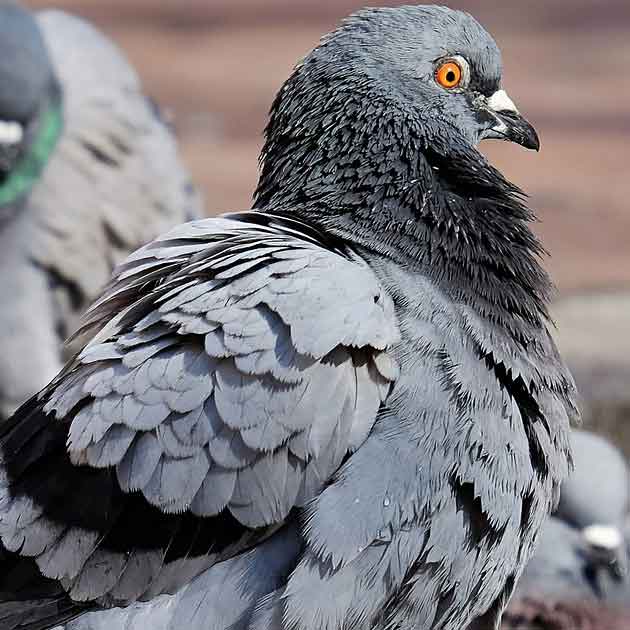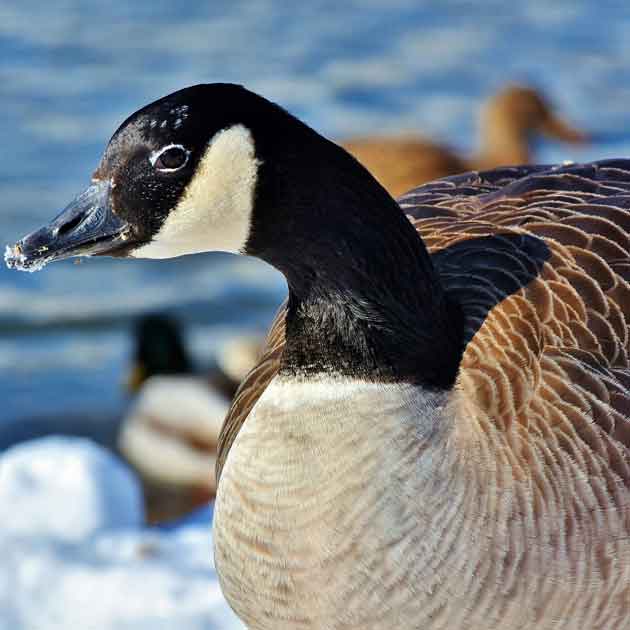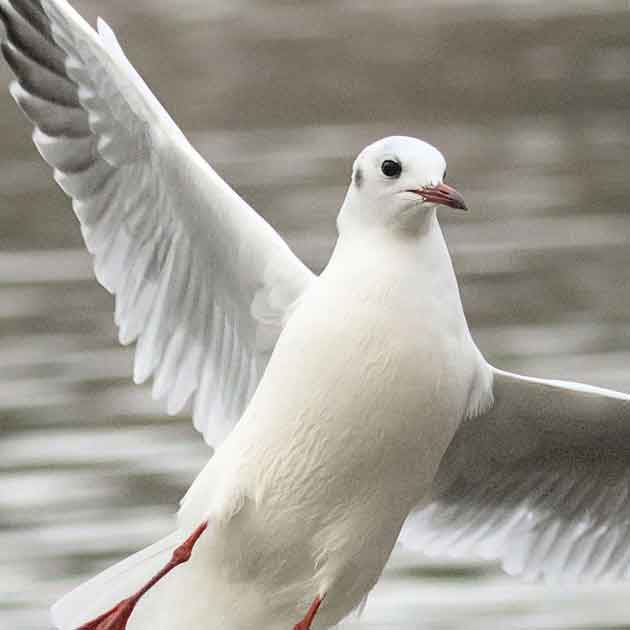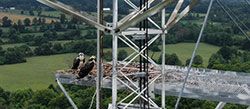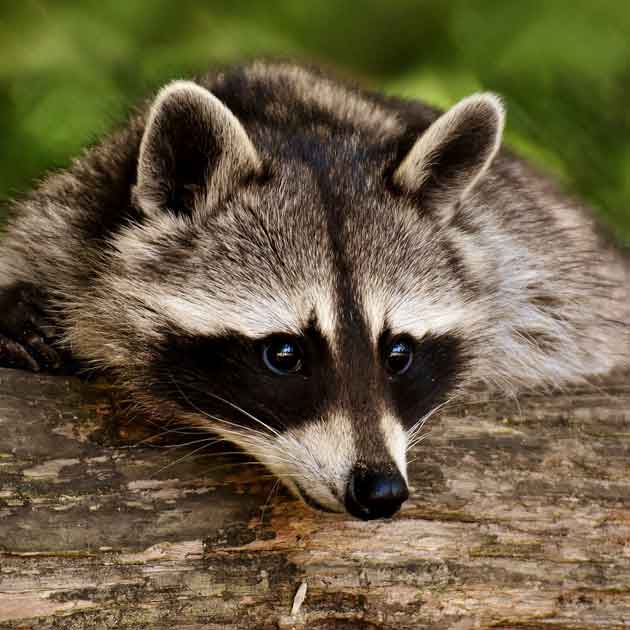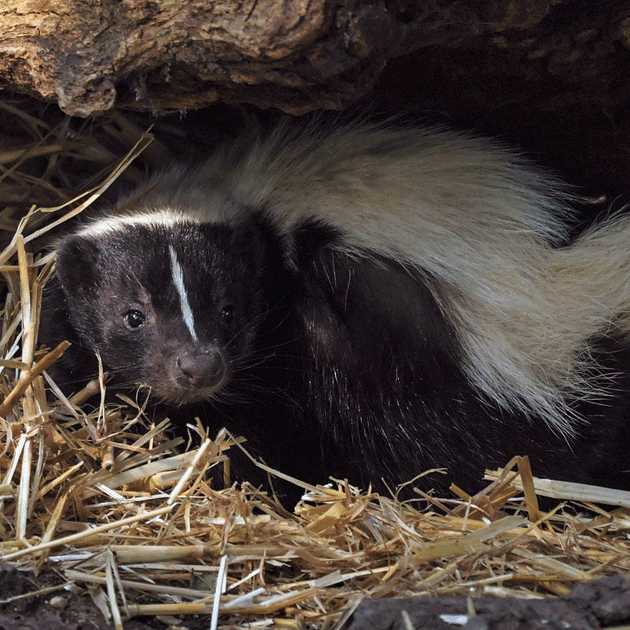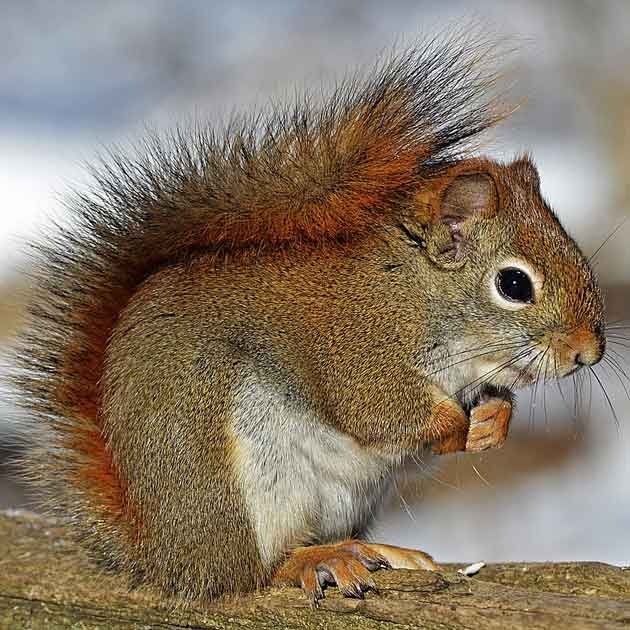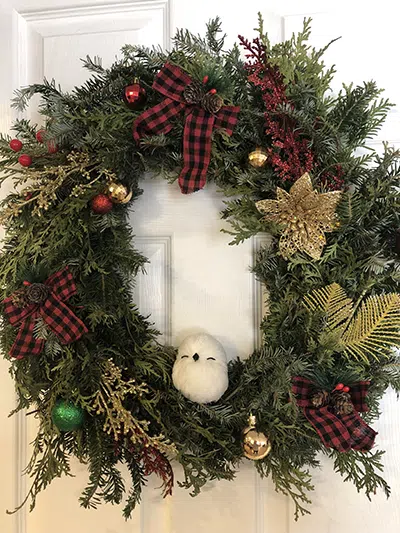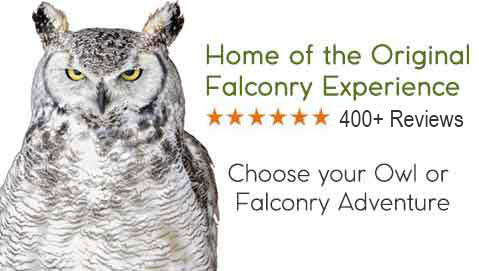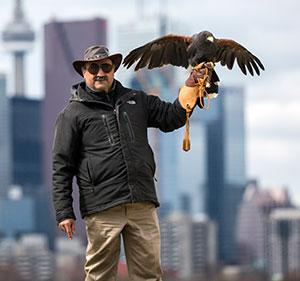Our beloved Canada geese are intelligent birds with excellent memory and a strong homing instinct. Hence, they return to the same breeding and nesting grounds year after year. Females will often stay with the flock and breed where they themselves hatched. With those nesting grounds often being in fairly populated areas, fewer natural predators and ample food ensure high survival rates of goslings and yearlings - and the flock grows. And grows.
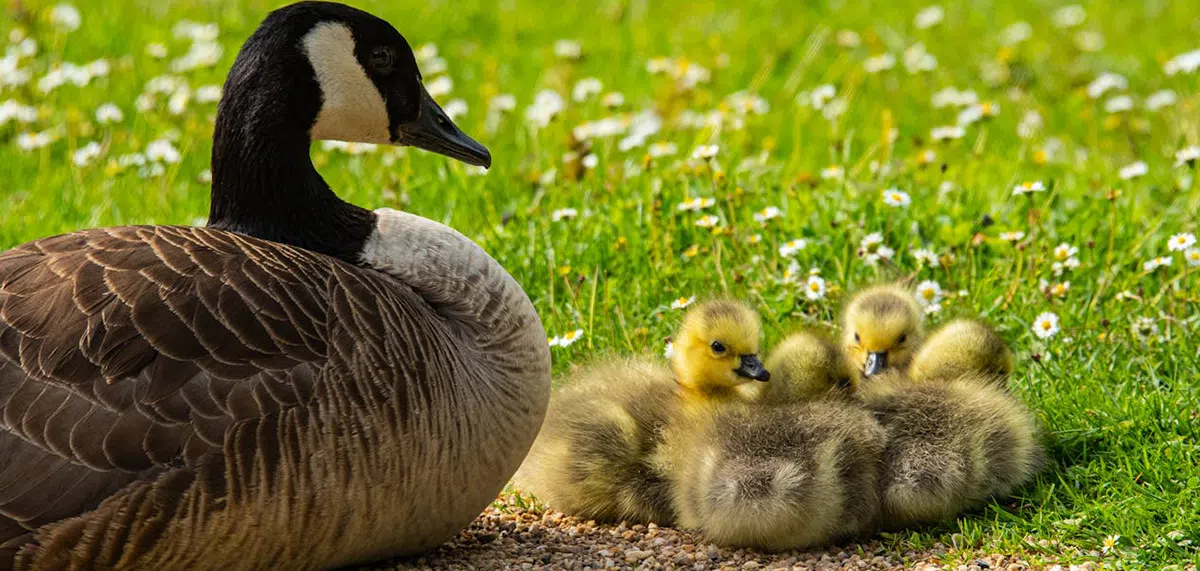
The geese population in many urban areas will continue to explode if left unchecked. What is needed here is early intervention - ideally, before breeding and nesting begins. That means that very early spring is when we need to take measures to disrupt the breeding cycle and encourage geese to leave.
Canada Goose Nesting Behaviour
Our fine feathered friends arrive often as early as March, back from their sunny winter home down south. The sole reason for their lengthy and strenuous migration is to breed in northern climates. The ideal nesting site for a flock of Canada geese includes:
- Proximity and access to water;
- Open grassy areas with little or no obstructed views;
- Access to food other than fresh grass shoots.
Understanding and taking into consideration when, how, and where geese will settle to breed and nest is imperative when implementing goose control measures.
Why Do Geese Return to the Same Spot Every Year?
- Geese Imprint on Successful Nesting Sites
After having a successful breeding season, geese are almost guaranteed to return to the same site. After all, it worked out well and now the goslings hatched at this site, call it home as well. - They have strong Memory and Site Fidelity
Again, after a successful nesting season, this site is now the starting point (and return destination) of their migratory route. - Site Suitability
As long as there is plenty of food and other conditions favour successful breeding, there is no reason to change course and look for different nesting grounds.
Why Egg Oiling/Addling Doesn’t Break the Cycle
We often see egg addling or oiling advertised and hailed as a solution - when it really isn't.
- Geese don’t know the eggs are no longer viable and keep sitting on them.
- You will still have to deal with them for the entire season until fall migration begins.
- It would likely take several unsuccessful breeding seasons before geese gave up and moved on.
- Egg oiling or addling prolongs the problem and delays the solution. It does not produce the desired outcome: make the flock of geese leave on their own.
Early Intervention — Disrupting Pre-Nesting Activity
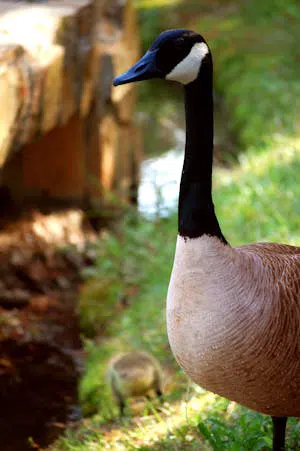 Timing is Critical
Timing is Critical
Geese that stay in our northern climates and do not migrate south may begin scouting nesting locations in late winter to early spring. Geese that are migrating north already have the nesting location engrained in their memory. Either way, the time for action is early March.- Visual Signs to Watch for
Pairs of geese walking your property, inspecting quiet corners, especially near water.
Strategies to Stop Geese before Nesting begins
- Falconry for Geese Control
Flying large birds of prey (eagles) overhead will make the area appear unsafe and unsuitable for nesting; - Hazing with Dogs
Having dogs patrol and chase geese on the ground will reinforce that the area is not desirable for breeding and nesting; - Lasers
Expertly deployed lasers in low light conditions will also reiterate that the area is unpredictable and unsafe; - Habitat Modification
Letting grass grow 4 inches or taller, planting shrubs or otherwise obstructing the view will make the location less desirable and dicourage geese from nesting; - Fencing or Pond Wiring
Low fences along the shore line will make landing and taking flight more difficult and wiring or netting across ponds will also prevent geese from seeking refuge in the water.
Note: All goose control measures require appropriate permits. Contact Hawkeye Bird & Animal Control for more information and assistance in obtaining permits.
Addressing Active Nests (When Prevention Isn't Fully Successful
Geese Nest Removal is an option once the birds have begun nesting. Please ensure you have the proper permits to allow for lawful removal and destruction of nests. The nests will need to be destroyed in front of the geese, allowing them to recognize that they have lost their eggs. Nesting sites are then covered up to prevent nesting in the same spot. This may have to be repeated a couple of times before the geese give up and leave the area.
Long-Term Strategies for Breaking the Cycle
A geese management plan should be devised and executed over multiple seasons. Problematic areas, very large areas, and/or spaces where territorial geese can endanger humans or pets require a long term commitment to ensure long term success.
Geese Remember Safe Nesting Areas
Breaking the cycle means making the site feel unsafe, unpredictable, or inaccessible and having geese move to a different nesting location.
Multiple Control Methods
The best approach to successful geese control is to combine multiple strategies over a period of time. No one method alone will yield long term success.
The most successful Goose Control Methods
- Birds of prey - 10-14 days initially and then once or twice weekly;
- Trained dogs - chasing and/or patrolling regularly on land and in smaller bodies of water;
- Strategic landscaping - taller shoreline plants, uneven ground, large rocks hindering geese entering the water;
- Pond netting/wiring - prevents geese from landing on a pond;
- ROVs - for larger bodies of water and where dogs cannot be effective;
- Seeking the services of a trained professional - You need someone in your corner who has the resources (birds of prey, dogs, ROVs, lasers, etc.), is familiar with goose nesting behaviors, and has the experience to deal with small or large scale goose control and removal.
Monitoring and Adaptation to Goose Control
Breaking the breeding and nesting cycle for geese is a long term project. Success will not be achieved in one application or by one method alone. You may even have to repeat the same efforts in more than one season.
Conclusion: End the Nesting Cycle for Good
Successful long term goose control must take into consideration and target nesting behaviour. The goal is to have the geese vacate your property of their own volition before goslings arrive.
To do this, you'll need an expert in your corner: Hawkeye Bird & Animal Control has been in the business of Goose Control and Removal for over 35 years. Our trained and licensed falconers are capable and able to deploy eagles from the air and dogs on the ground. We have devised a number of custom solutions to get rid of geese and prevent them from returning. Call Hawkeye today for professional goose nesting prevention and break the nesting cycle of geese for good.
Related Articles: https://www.hawkeye.ca/toronto-geese-removal-control | https://www.hawkeye.ca/blog/geese-nest-removal-in-brampton | https://www.hawkeye.ca/blog/militant-approach-needed-to-control-canada-geese


